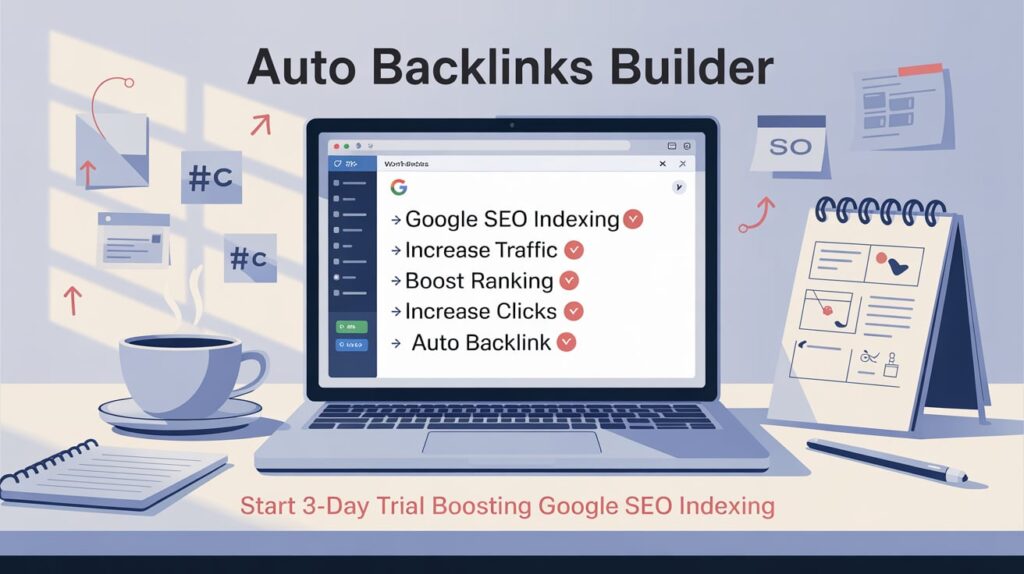Intuitive AI Prompting: Google AI Studio’s Vibe Coding
Note: This post may contain affiliate links, and we may earn a commission (with No additional cost for you) if you make a purchase via our link. See our disclosure for more info.
Google AI Studio introduces ‘vibe coding,' a revolutionary approach designed to make interacting with large language models more intuitive and accessible. This method shifts away from rigid, precise prompt engineering towards an iterative, qualitative process where users refine AI outputs based on subjective feedback and an evolving “feel” for the desired outcome. It empowers users to experiment with natural language and rapidly adjust prompts, fostering a more organic and less technical interaction with advanced AI capabilities.
The benefits of vibe coding are significant, particularly for non-developers. It democratizes AI development by lowering the entry barrier, allowing individuals to quickly prototype and iterate on ideas without deep technical expertise. This intuitive method also unlocks greater creative potential, enabling users to explore nuanced linguistic expressions and subjective stylistic preferences that might be challenging to articulate with formal coding. Furthermore, it streamlines the iterative refinement process, accelerating the development cycle for complex, open-ended AI tasks, ultimately boosting efficiency and user satisfaction.
However, vibe coding also presents potential challenges. The qualitative nature of this approach can lead to ambiguity, making it difficult to achieve consistent and predictable results across different sessions or users. Reproducibility becomes a concern, as subjective “vibe” adjustments are harder to document and replicate precisely compared to structured code. There's also a risk of over-reliance on intuition, potentially obscuring the underlying model mechanics and making it harder to debug or scale solutions effectively. Ensuring robust guardrails and clear guidelines will be crucial to mitigate these risks.
Specific applications within Google AI Studio demonstrate its utility. For instance, a user might iteratively refine a creative writing prompt, moving from “write a poem about nature” to “write a serene, melancholic poem about a winter forest at dusk,” adjusting adjectives and emotional tones until the AI captures the exact ‘vibe.' Similarly, in image generation, a designer could guide the AI with feedback like “make it feel more ethereal” or “add a touch of warmth,” progressively shaping the visual output. It also proves invaluable for tuning the personality and conversational style of AI agents, allowing developers to craft engaging and contextually appropriate interactions.
(Source: https://blog.google/technology/developers/introducing-vibe-coding-in-google-ai-studio/)

